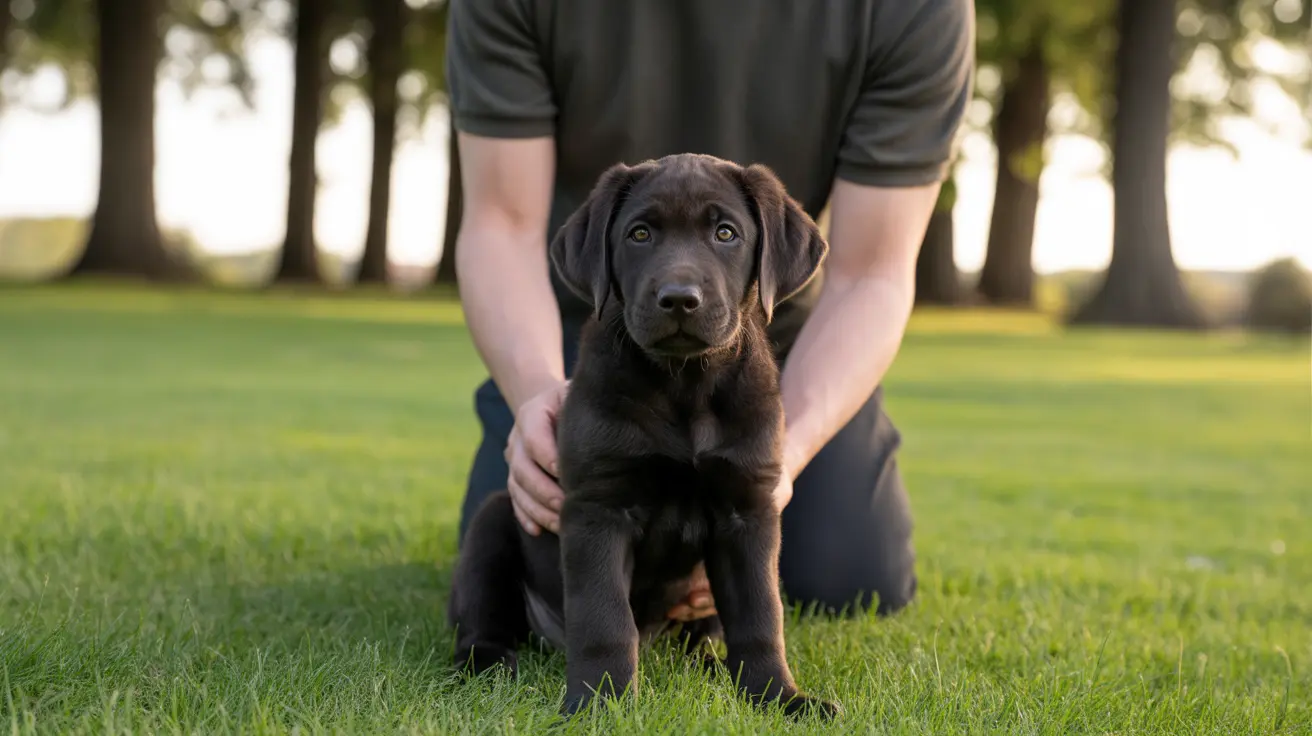Understanding If Dogs Mind Tail Touching
Dogs use their tails for complex communication, signaling a range of emotions from happiness to anxiety or aggression. Tails are not just appendages—they are integral to a dog's interaction with the world and other animals. Understanding what tail movements mean and how dogs may react to tail handling is essential for respectful and safe human-canine interactions.
The Role of the Tail in Dog Communication
Tail wagging is more than just a sign of joy. Dogs express various emotions using their tails:
- High, loose wags: Often indicates happiness or confidence.
- Neutral tail position: Implies calmness or curiosity.
- Low or tucked tail: Shows fear, submission, or anxiety.
- Stiff, high tail: Can indicate dominance or alertness.
Dogs also use tail wag speed and direction to express mood. For instance, a rapid, right-biased wag suggests positive emotions while a slow, leftward wag can signal discomfort or uncertainty.
How Dogs Develop Tail Communication
Puppies begin to wag their tails at around three to four weeks of age. While partly instinctive, tail movement is also learned behavior. Puppies observe and mimic adult dogs, learning how tail signals coordinate with emotional states and social settings.
Understanding Reactions to Tail Touching
Because dogs use their tails as emotional beacons, humans touching this expressive part may unsettle them. Emotional responses to tail handling can include:
- Discomfort or surprise: Many dogs are startled by unexpected tail contact.
- Retreat or withdrawal: Submissive or anxious dogs might walk away or lower their tail.
- Growling or snapping: In fearful or defensive dogs, touching their tail might provoke a warning or escalation.
Some dogs tolerate tail handling better, especially if they are gently conditioned to accept touching during grooming or play. However, one should always approach tail contact cautiously and respectfully.
Why Tail Handling Might Be Stressful
The tail contains numerous nerve endings and muscles that dogs use voluntarily and reflexively. Movement of the tail can be subconscious, much like how humans smile or frown. Because part of its control is emotional and instinctual, interference with the tail may feel intrusive to a dog. It is also worth noting that a dog’s tail often helps convey intent to other dogs—without it, miscommunication and stress can occur.
Impact of Tail Shape and Breed Differences
Breed characteristics influence tail expression:
- Some breeds carry their tails curled or upright by nature (e.g., huskies, pugs).
- Others have docked or naturally short tails, which can limit expressive capability.
Tails help dogs visually communicate. A docked or cropped tail can hinder expression, meaning that dogs with shorter tails may rely more on other body language, such as posture or facial cues.
The Importance of Reading Canine Body Language
Humans must consider the entire body language of the dog—not just the tail—for an accurate interpretation of how the dog feels. This includes ear position, eye contact, stiffness, and vocal cues. A dog guarding or hiding its tail might be expressing fear or submission. In such contexts, tail touching should be avoided as it may escalate anxiety.
Guidelines for Tail Interaction
- Ask permission: Let the dog approach you first. Gauge comfort based on the dog’s full body signals.
- Observe tail movement: Is it loose and wagging in a full arc or stiff and low?
- Start with other areas: Pet the dog’s shoulders or chest first to gain trust.
- Watch for reactions: Signs of tail tucking, stiffness, or shifting weight away indicate discomfort.
Conclusion
Dog tails are crucial emotional and communicative tools. While some dogs may tolerate tail touching, many are sensitive and stress-reactive when this area is handled. Pet owners should consider the dog’s body language, breed, and individual preferences before initiating tail contact. By respecting these signals, humans can strengthen bonds with their canine companions and avoid misunderstandings or negative reactions.
Understanding and respecting a dog’s tail is a key part of responsible pet ownership. Always approach with sensitivity, observe canine cues, and consult with a professional trainer or veterinarian if your dog exhibits strong reactions to tail touching.





